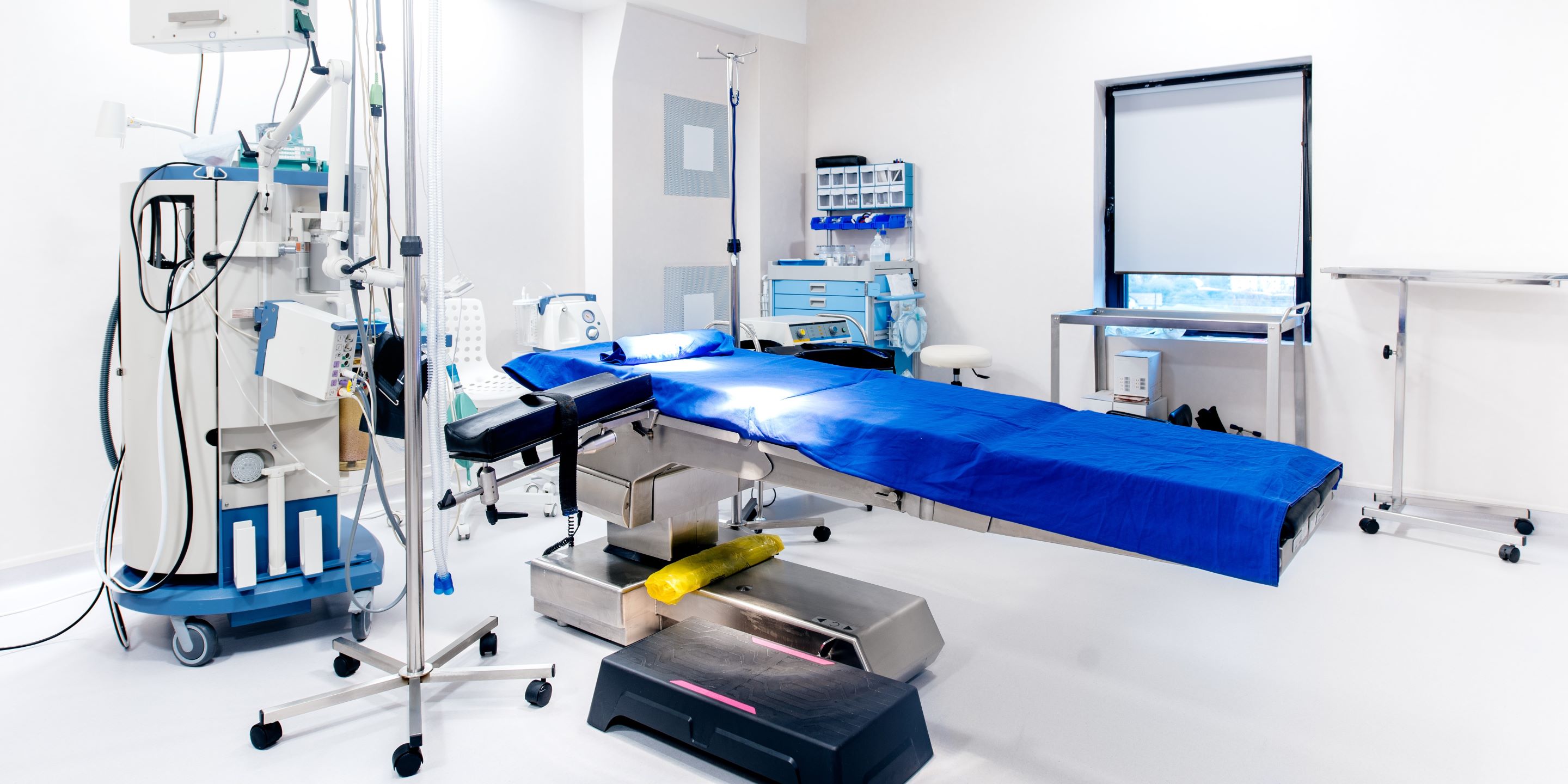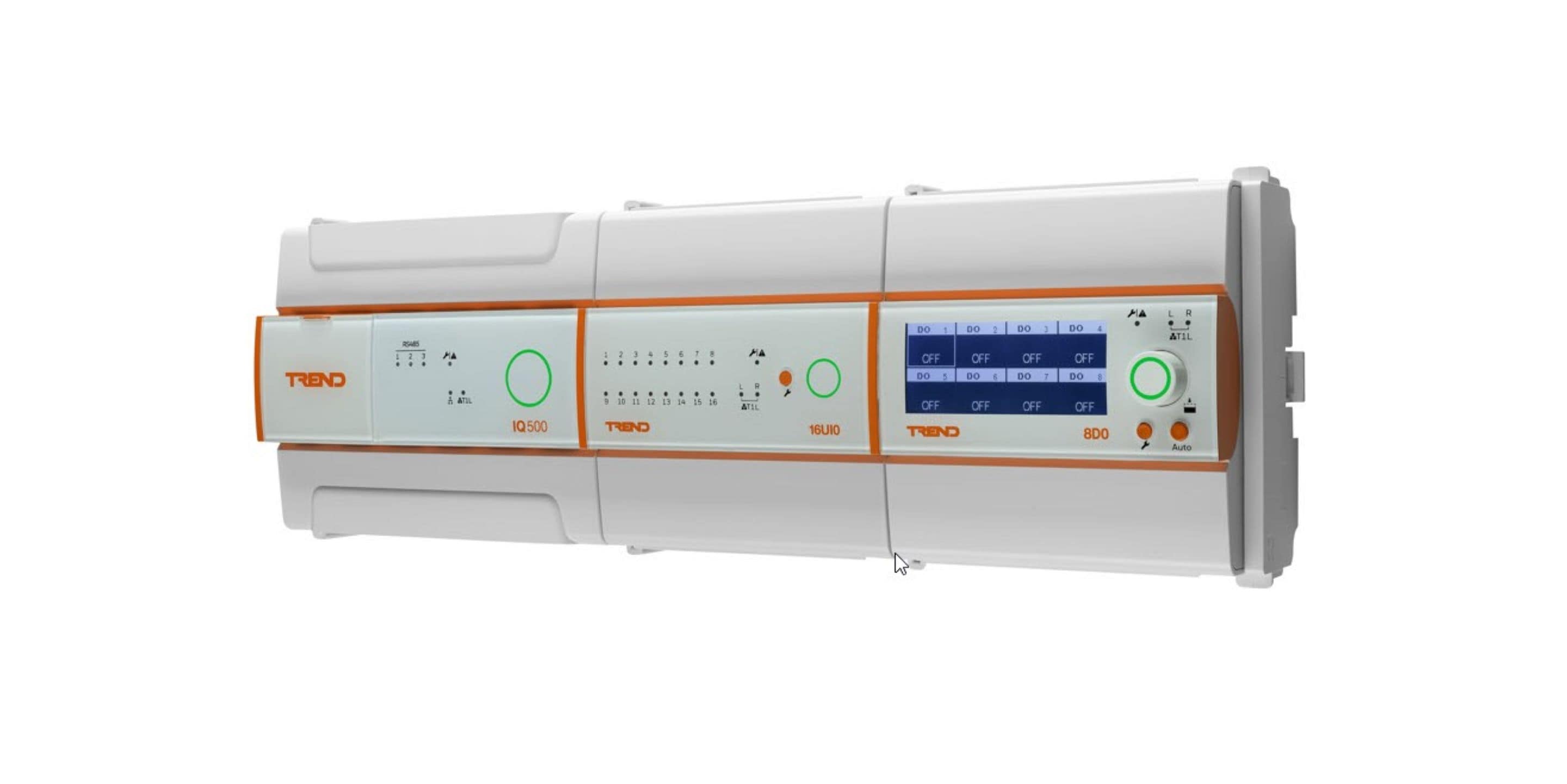

Emergent Care Strategies
How building automation technology can help you drive better outcomes
Technology is drawing interest from UK health organisations.
To help ease the pressure on resources, we should not view diverse technologies individually.
Modern technologies can integrate with your existing systems to provide the most benefit to patients, staff and occupants.
Each technology has a role to play in your healthcare facility, particularly building automation controls.
Resources and services buckle under pressure
It’s no secret that the UK’s healthcare sector is facing extreme demand on resources. In 2022, a record 350,000 patients in England waited more than 12 hours to go from A&E to a hospital bed.1
In December 2022, during the winter peak, fewer than half of patients attending major A&E departments were seen within four hours. Meanwhile, 44.1 percent of patients experienced waiting times longer than 12 hours, and ambulance response times increased significantly.
For people needing ambulances for strokes, severe burns or chest pains, the average response time was 93 minutes — five times longer than the NHS’s operational target of 18 minutes.2
Download the full article to keep reading.
NHS Trusts turn to innovative capabilities


The inefficiencies throughout the NHS and UK healthcare organisations can be attributed to multiple factors, including siloed data and manual processes.
NHS Trusts are adopting innovative technologies to automate hospital processes such as bed management and ambulance routing. Surgical robots have become a viable means of treating patients more efficiently and, in turn, reducing waiting or recovery times.3
Surgical robotics are only one piece of a much bigger puzzle – we must consider how technology fits into the healthcare system holistically.
Integrating technology with medical care and science


Investments in technology should not be made in isolation. Integrating technologies extends from medical equipment to room management software connected with PIR sensors, giving hospital staff instant access to live updates on room and resource availability.
Putting it all together, a BEMS can be central to most hospitals’ control strategies. Deploy the BEMS in your facility to manage air quality, temperature and humidity levels, for example, which can help reduce infection risks and support patient wellbeing.
A convenient, compatible solution


Trend’s IQ5 BEMS Controller supports the digitisation of new and existing buildings.
When integrated with legacy systems, IoT devices and analytics software, a BEMS becomes the central hub for managing your building’s energy use and operations.
One example is integrating a bed management system with electronic patient records (ePR). Using the BEMS, you can coordinate separate technologies to provide real-time data on patient occupancy. Insights from the BEMS empower you to make informed decisions for optimising bed usage.
Another example could involve aligning building, city and hospital data. The BEMS, by smoothing over processes and software related to traffic flow and clinician availability, can aid the allocation of ambulances to patients and patients to hospitals and doctors.
No small feat, but the approach allows disparate technologies to work together under a demand-led control strategy. And a demand-led control strategy’s core component is the BEMS. Open protocol-based BEMS, with supervisor software like IQVISION, can deliver the data you need reliably and unimpeded.
A demand-led control strategy’s core component
is the BEMS.
Building automation designed to enable healthcare leaders
Converging technologies offer capabilities to detect building inefficiencies, optimise resources and improve outcomes. At the same time, system integration establishes a cost-effective solution designed to be less admin-intensive for practitioners.
The benefits of healthcare automation technologies are well known:
Surgical robotics can complete surgeries faster with reduced recovery times. Digitalising manual processes cuts the risk of errors made by overworked staff. BEMS offer greater control over systems that impact the health of built environments.
Still not convinced? A BEMS can control as much as 84% of your building’s energy consumption, automatically.
When viewed alone, the benefits may not fully address the challenges faced by the healthcare sector. Together, however, the benefits are magnified.
As hospitals strain under stripped budgets and limited resources, a demand-led control strategy with a BEMS at the heart is a future-fit platform for patients to receive the highest quality of care.
Ready to get started?
Let’s find a solution that’s just right for you.
Discover capabilities to help you deliver
a smarter healthcare environment.
ABOUT THE AUTHOR
Charlie Hinchey
Charlie is an Intelligent Buildings Solution Consultant at Trend Control Systems Ltd. Part of Honey well Building Automation.
Leading Trend's healthcare vertical, Charlie is committed to the promotion of patient-first built environments that reflect sustainable values and technological innovation.
Connect with Charlie: charlie.hinchey@honeywell.com
References
1. Hannah Devlin. “350,000 patients in England waited over 12 hours to go from A&E to NHS bed last year.” The Guardian.
Published January 23, 2023. Accessed 16 July 2024. https://www.theguardian.com/society/2023/jan/23/350000-patients-waited-over-12-hours-in-ae-before-getting-nhs-bed-last-year
2. The Guardian. “Ambulance response times worst on record as A&E waits hit new highs.”
Published January 12, 2023. Accessed 16 July 2024. https://www.theguardian.com/society/2023/jan/12/ae-patients-in-england-waiting-over-12-hours-top-50000-for-first-time
3. Kat Lay. “Robot surgery can cut into NHS waiting lists, say doctors.” The Times.
Published February 12, 2024. Accessed 25 March 2024. https://www.thetimes.com/uk/healthcare/article/robot-surgery-can-cut-into-nhs-waiting-lists-say-doctors-tflwnk8gd
